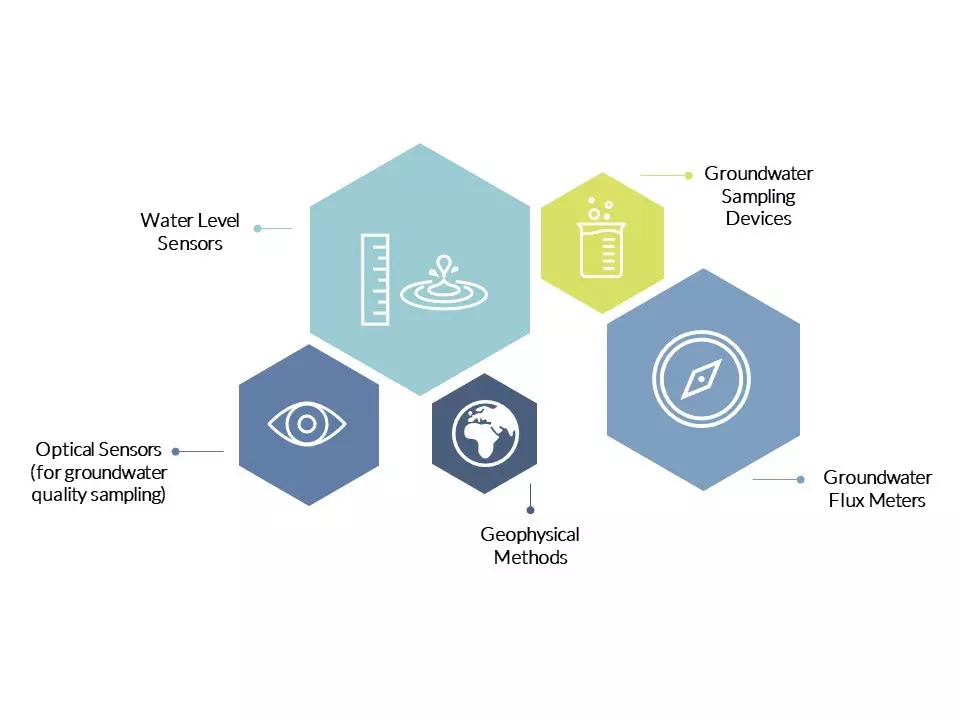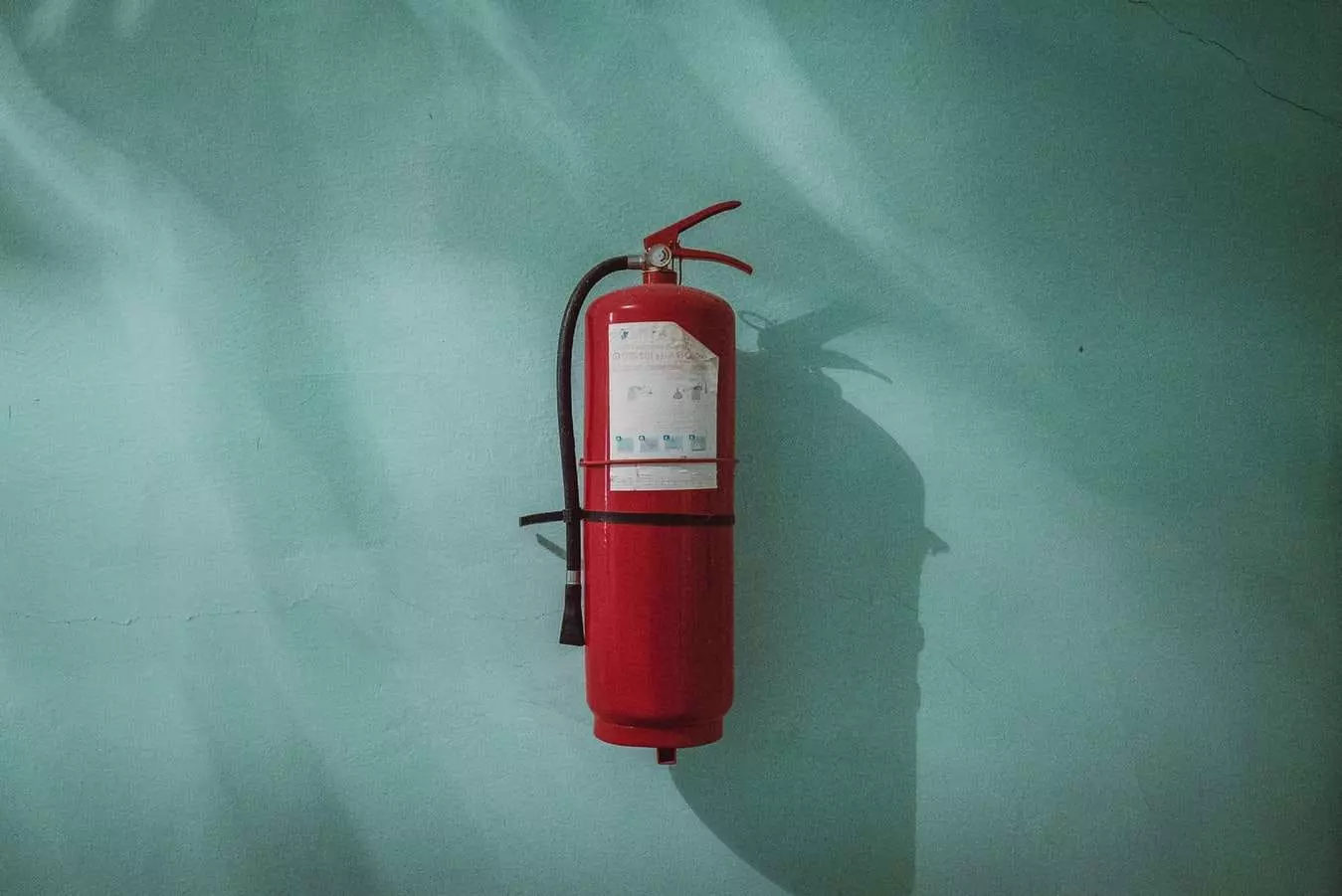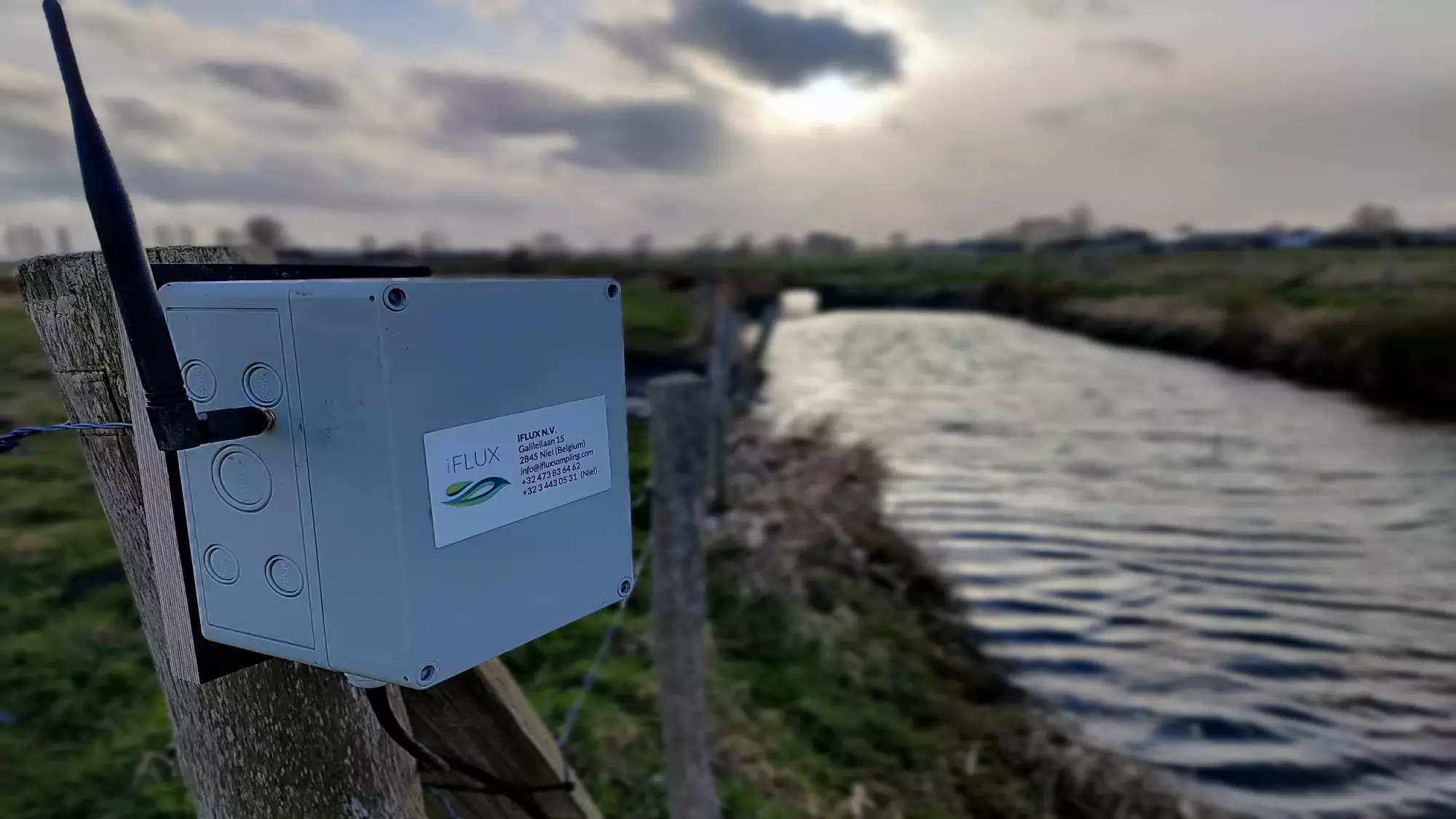iFLUX launches PFAS cartridge to monitor mobility of PFAS groundwater plumes
Posted on Wednesday 12 February 2020 Much has already been written about PFAS. We are not here to reinvent the wheel. But when it comes...

Posted on Tuesday 8 April 2023
There are several groundwater monitoring tools available to measure various parameters of groundwater. Think of water levels, temperature, electrical conductivity, pH, contamination and groundwater movement. Each of these measurements has its own benefits and downsides compared to other monitoring technologies. The choice of which monitoring tool to use depends on the specific needs and requirements of the monitoring project.
Here are some of the most common groundwater monitoring tools and their advantages and disadvantages:
In summary, each groundwater monitoring tool has its own benefits and downsides, and the choice of which tool to use depends on the specific monitoring needs and requirements of the project. By carefully considering the advantages and disadvantages of each tool, groundwater monitoring professionals can select the best tool. Often the best option is a combination of tools to ensure accurate and effective monitoring of this essential resource

Posted on Wednesday 12 February 2020 Much has already been written about PFAS. We are not here to reinvent the wheel. But when it comes...

Posted on Tuesday 14 February 2023 California faces stark challenges with water. After an extended drought, ...

iFLUX's innovative groundwater monitoring technology – ‘iFLUX Sensing solutions’ - is helping Vitens, the Netherlands' largest drinking water...